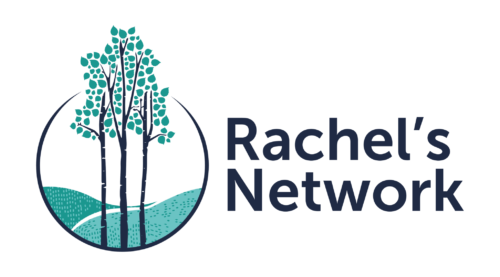The annual Transpacific (Transpac) Yacht Race is one of the oldest sailing races in the world. Since 1906, sailors have traversed the 2,225 miles between Los Angeles and Honolulu, testing their seafaring abilities. It’s an impressive feat, but today’s sailors are facing something early racers never did: copious amounts of trash.
“All 69 boats sailing across the Pacific [this year] were dismayed by the amount of plastic and debris found all along the way to Hawaii,” says Rachel’s Network Member Montine Hansl who sponsored the yacht Hula Girl during the Transpac. In order to remove a fishing net from the boat’s keel, Hula Girl’s skipper, Wayne Zittel, had to dive in the water to remove it.
Because of their intimate connection to the Pacific Ocean, many sailors from the Transpac volunteered to participate in the Ocean Cleanup’s “Mega Expedition” this year. This first major survey of the Great Pacific Garbage Patch is a perfect partnership: it was actually a Transpac racing boat captain who first discovered the Patch in 1997.
While much has been written on this vast stretch of plastic soup in the ocean, we know relatively little about the Great Pacific Garbage Patch and its impacts on the ecosystem. By “fishing for plastic” across large sections of Pacific Ocean using special traps, the 50 or so boats in the Mega Expedition hope to give researchers a better picture of the problem and what we could do to solve it.
One possible solution, a giant passive trash trap off the coast of Japan proposed by Ocean Cleanup CEO Boyan Slat, could be deployed in 2016. “The Mega Expedition will allow us to produce the first-ever high-resolution estimate of the amount of plastic inside the Great Pacific Garbage Patch… This enables us to continue preparing the passive cleanup technology,” Slat says.
Ultimately, we’ll only be able to stop plastic pollution in the ocean by curbing its production and use at the source: on land. That’s what Rachel’s Network Members Angel Braestrup and Stephanie Tobor are doing. They’ve served on boards of organizations – the Ocean Foundation and the Plastic Pollution Coalition respectively – which are working to prevent plastic from reaching the ocean in the first place.
Rachel’s Network members also support organizations like As You Sow and the Natural Resources Defense Council that are joining forces to develop sustainable packaging solutions for food, beverage, and consumer goods companies.
“By highlighting the leaders and laggards in packaging and recyclability, we are moving corporations to take greater responsibility for the materials they produce,” says Rachel’s Network Member and As You Sow Board Director Cari Rudd. “With the US recycling only 14 percent of plastic packaging, there is obvious room for improvement. Boosting recycling rates reduces the amount of ocean plastic pollution and creates new green recycling jobs. It’s a win-win.”
The Great Pacific Garbage Patch exists, in large part, because the lifecycles of the products we buy are invisible to us. We don’t see our straws and toys and plastic bags slowly degrading in the middle of the ocean after we throw them “away”. Rachel’s Network Liaison Annie Leonard’s wildly popular “Story of Stuff” series has done much to educate the public on our wasteful consumer system.
In addition to providing valuable research, the Mega Expedition has the chance to inspire even more people to advocate for sustainable supply chains with its harrowing images of ocean trash. You can follow along with the expedition at the Ocean Cleanup website here and take action with The Story of Stuff, As You Sow, Trash Free Seas Alliance, and the Plastic Pollution Coalition.


